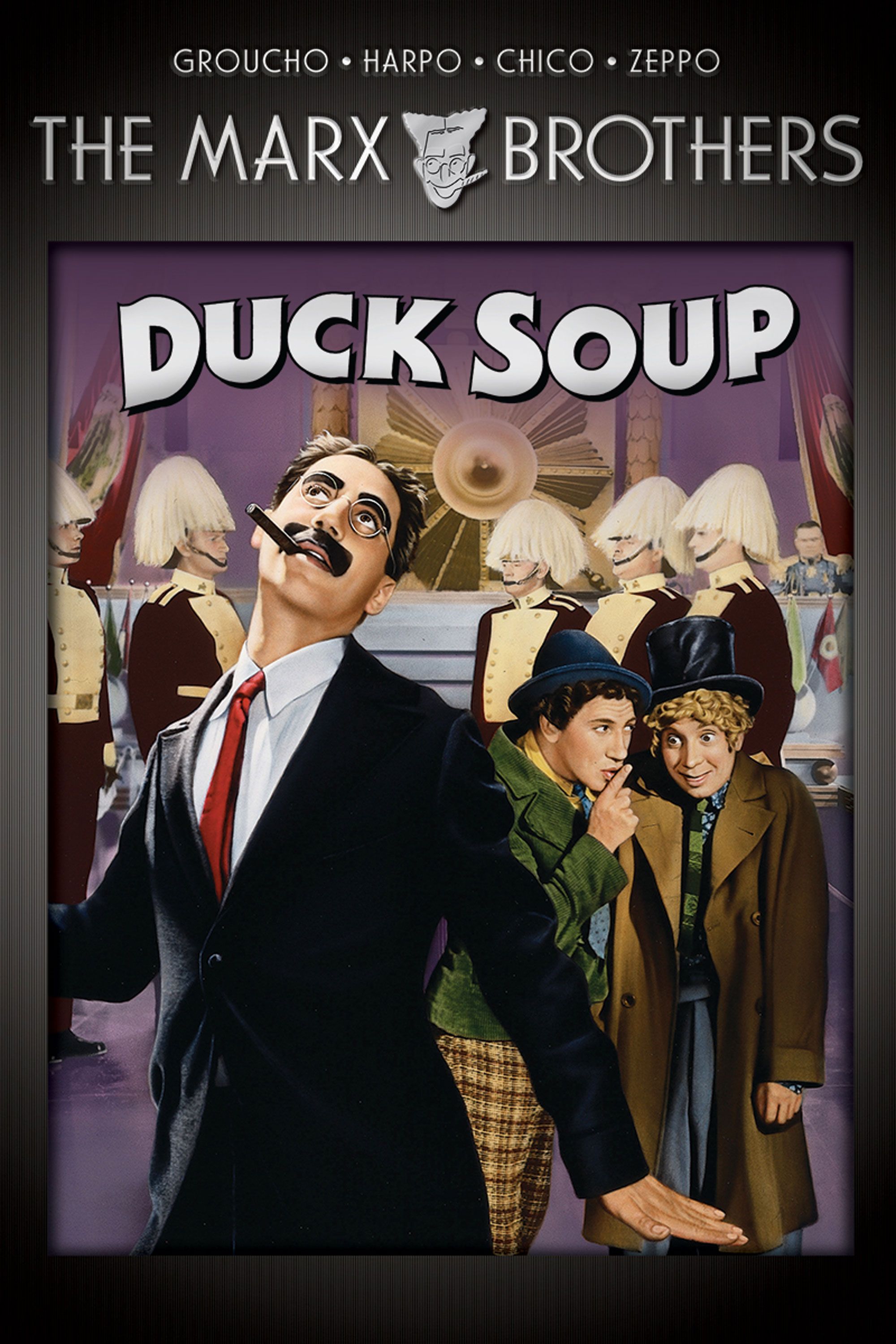

Some nations, like China and Japan, didn’t have the recording or theatrical technology yet, and so their silent eras carried on for a little bit longer.

Some artists wanted to explore the era now as a style done by purpose, and not because it’s all that was available like it was once before.

However, silent films weren’t gone for good just yet. The 1930’s contain the shortest average runtime of all of the decades I’ve researched by far (even the ‘20s had much longer films in general) many ‘30s films that I watched were an hour and a half, and even less. Of course, films also became much shorter for the most part, since many studios and filmmakers were abiding by the limitations of how much sound recording one would have (and, naturally, films became as long as their audio). There were many other avenues, though: seeing what certain genres seemed like when translated into talkies, figuring out how music could now be utilized, and figuring out the time changes without the use of inter-titles and with sound. This meant revisiting literally the same films that one before, and remaking them with sound (like Hitchcock, Ozu, Lang, and other filmmakers would do). After enough years of silent pictures, this new lease on cinematic life granted artists the abilities to retell the same stories but with a whole new angle. It’s the 1930’s! We have transported ourselves to ninety years ago, and are now well enough into the talking picture era that filmmakers have found ways to bypass the struggles with sound recording technology.


 0 kommentar(er)
0 kommentar(er)
